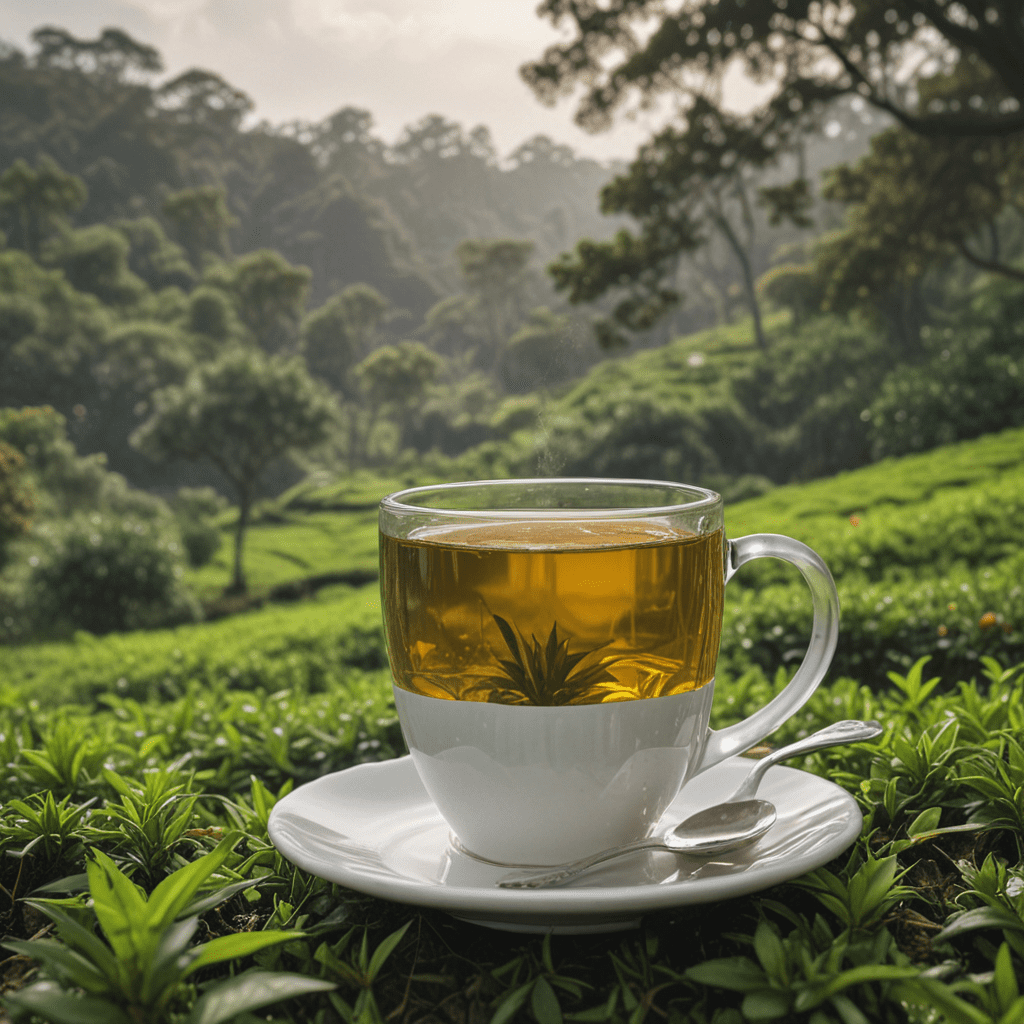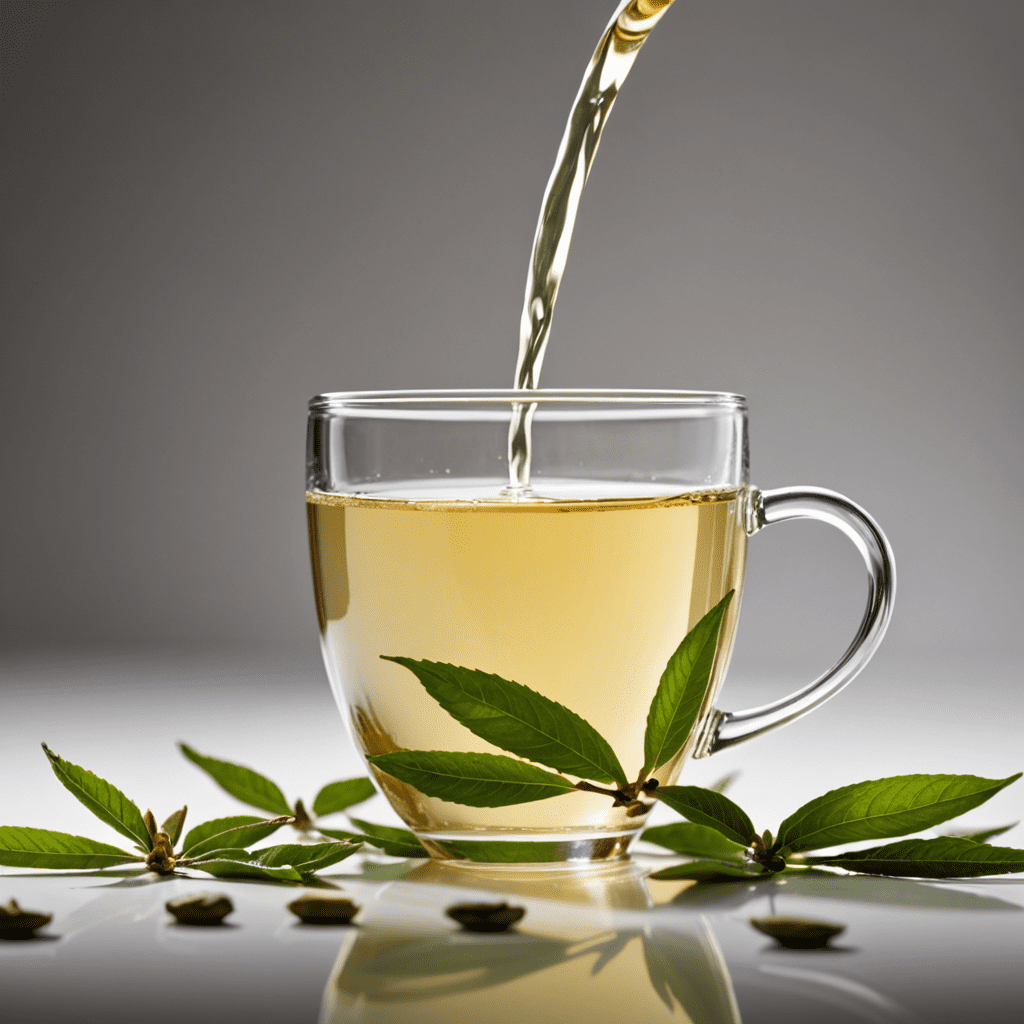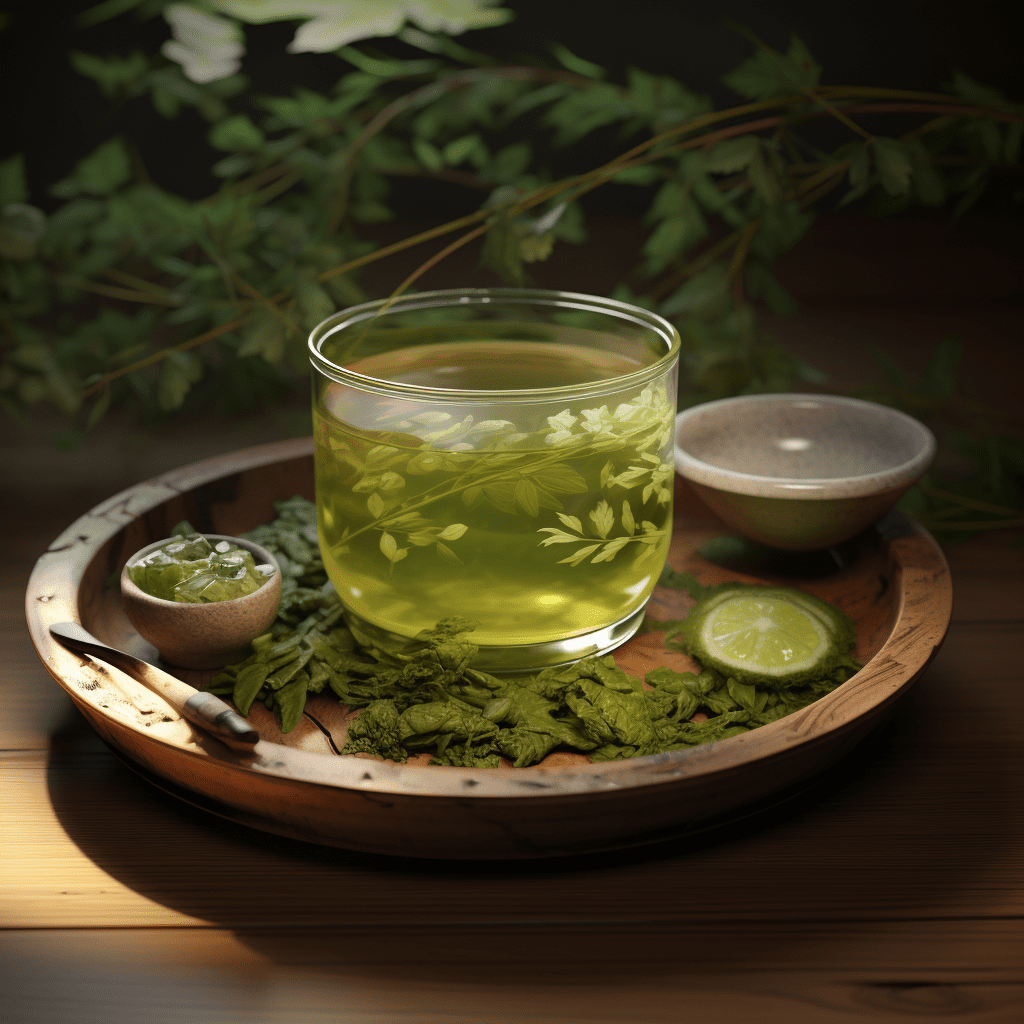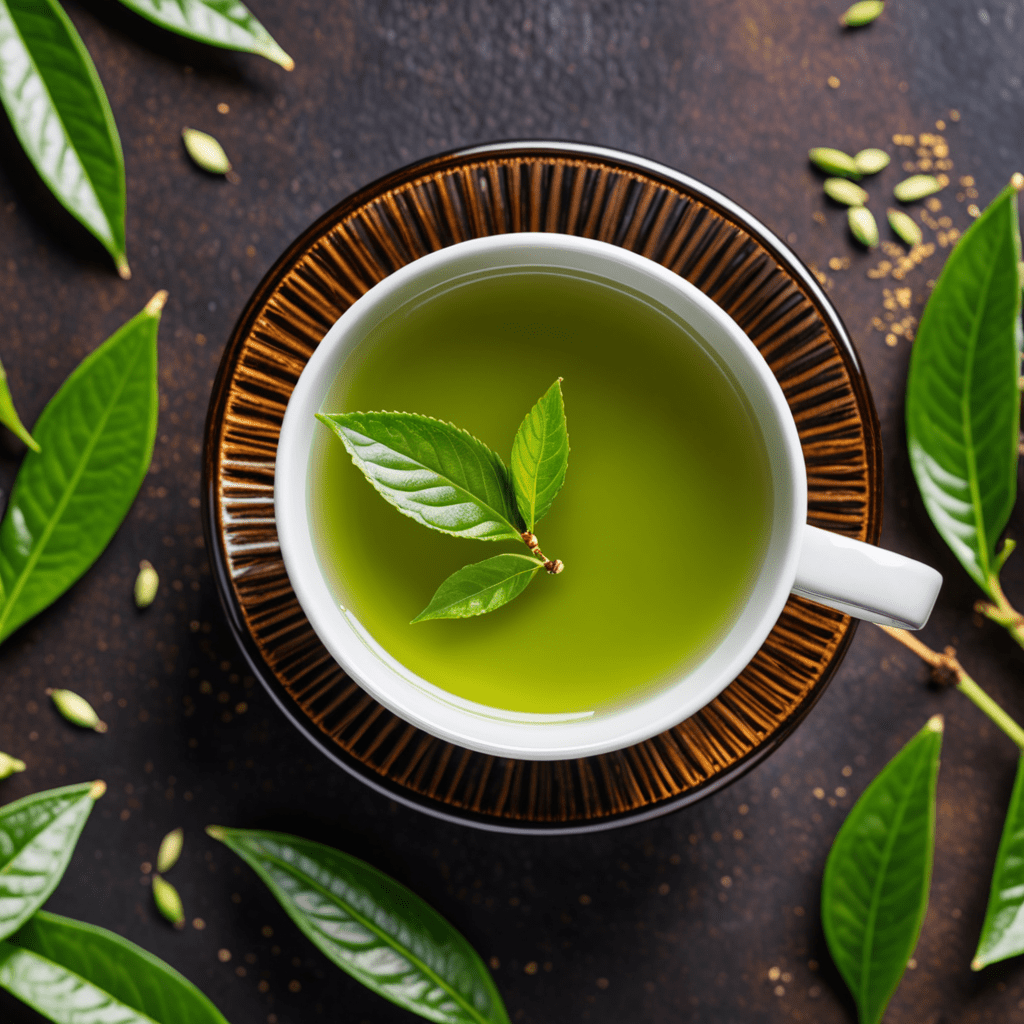
The Aesthetic Beauty of Ceylon Tea Gardens
Introduction
Nestled amidst the verdant hills of Sri Lanka, Ceylon tea gardens are renowned for their breathtaking beauty and historical significance. These sprawling plantations, a timeless legacy of the island nation's colonial past, have become an integral part of its cultural heritage and a symbol of its economic success.
The Scenic Landscape
Rolling hills and verdant slopes provide a picturesque backdrop for the vast expanses of tea bushes, their vibrant green hues creating a mesmerizing tapestry of color. The meticulously arranged rows of tea plants form geometric patterns that extend as far as the eye can see, adding an intricate and symmetrical dimension to the landscape.
The Intricate Patterns
The undulating contours of the tea gardens, shaped by the gentle slopes of the terrain, create a captivating visual effect. Terraced slopes cascade down the hillsides, creating a series of cascading layers that add depth and dimension to the landscape. The intricate patterns formed by the tea bushes, the rolling hills, and the terraced slopes combine to create a harmonious work of natural art.
The Serene Atmosphere
The tea gardens of Ceylon exude a serene and tranquil atmosphere. Amidst the verdant surroundings, the only sounds that break the silence are the gentle rustling of leaves and the distant chirping of birds. The peaceful surroundings invite visitors to relax and immerse themselves in the beauty of nature.
The Cultural Heritage
The tea gardens of Ceylon are deeply intertwined with the cultural heritage of Sri Lanka. Traditional tea-picking methods, passed down through generations, are still practiced in many plantations. Local customs and traditions add to the charm and authenticity of these cultural landscapes.
The Colors and Textures
Throughout the year, the tea gardens showcase a captivating array of colors and textures. The vibrant green hues of the tea bushes change subtly with the seasons, creating a dynamic and ever-evolving landscape. The delicate textures of the tea leaves, from velvety smoothness to intricate veins, add a tactile dimension to the visual experience.
The Architectural Elements
Nestled amidst the tea gardens are quaint tea factories and colonial-era bungalows, adding a touch of architectural charm to the natural surroundings. Winding paths and footbridges traverse the slopes, inviting visitors to explore the intricacies of these picturesque plantations.
The Artistic Inspiration
The beauty of Ceylon tea gardens has been a muse for artists of all kinds. Photographers and painters have captured the stunning landscapes on canvas, while writers and poets have found inspiration in the tranquil atmosphere and cultural heritage of these plantations.
The Economic Importance
Ceylon tea is a globally renowned export, contributing significantly to the local economy. The tea gardens provide employment to countless communities and are a vital part of Sri Lanka's agricultural industry.
Conclusion
The tea gardens of Ceylon are a captivating blend of natural beauty, cultural heritage, and economic importance. Their scenic landscapes, intricate patterns, and serene atmosphere have made them a beloved destination for visitors and a source of pride for Sri Lankans. Preserving this unique cultural and natural heritage is essential for future generations to appreciate the timeless beauty of Ceylon tea gardens.
FAQs
Q: What is the best time to visit the tea gardens of Ceylon?
A: The tea gardens are beautiful year-round, but the best time to visit is during the harvest season, which typically runs from March to October.
Q: Can I pick tea leaves in the plantations?
A: It is possible to visit tea plantations and learn about the tea-picking process. However, picking tea leaves is generally reserved for plantation workers.
Q: Are there any guided tours available for the tea gardens?
A: Yes, many tea plantations offer guided tours that provide insights into the history, cultivation, and harvesting of tea.


